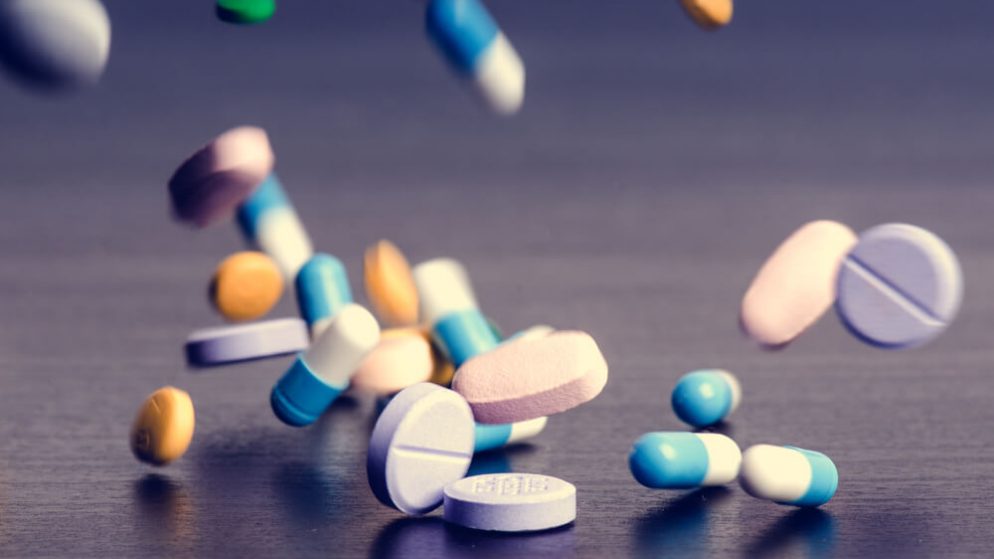



Get new exclusive access to healthcare business reports & breaking news




The high price of pharmaceuticals has been a hot topic in the healthcare industry for quite some time. All parties’ patients, doctors, and lawmakers are aware of how drug prices affect people’s ability to obtain life-saving treatments. While there are many factors that contribute to drug prices, we can isolate five that have the greatest impact.
The high price of drugs is largely due to the costs of research and development (R&D). Extensive clinical studies, laboratory research, and regulatory approvals all add up to make the process of creating a new drug one that is both time-consuming and costly. Drug firms spend billions annually on research and development, and unfortunately, many customers end up footing the bill. Drug prices are largely determined by the industry’s need to recuperate the massive sums spent on research and development.
It would be impossible to overestimate the significance of health insurance firms’ influence on drug prices. When deciding which medications to cover and at what cost, health insurance companies, with the aid of top PBMs, enter into negotiations with drug manufacturers. While these discussions may result in cheaper prices for some pharmaceuticals, they may also result in increased out-of-pocket expenses for people whose insurance does not cover their prescriptions. A higher proportion of prescription expenditures may also be covered under high-deductible health plans.
Government agencies, such as the U.S. Food and medicine Administration (FDA), have a significant impact on medicine prices through their regulatory and approval processes. These procedures are necessary to assure the quality and safety of pharmaceuticals, but they can take a long time and cost a lot of money. The price of developing a medicine can skyrocket due to the time and money needed to overcome these regulatory roadblocks. To cover these costs, some manufacturers make their prices higher.
Pricing of pharmaceuticals may be affected by market competition. When several companies are making the same drug, competition on pricing is common so that all of them can sell as much of it as possible. The maker of a medicine may increase its price without worrying about losing business if the drug is patented or enjoys market exclusivity. Once a brand-name drug’s patent expires and generic alternatives become available, generic drugs, which are chemically equal to the brand-name drug but usually cheaper, can help reduce drug prices.
There is rising concern about the wide range of drug prices across international borders. Negotiating drug pricing directly with manufacturers is common practice in many countries, especially those with single-payer healthcare systems, resulting in often cheaper prices than found in the United States. This has resulted in a trend known as “international price referencing,” in which the cost of drugs in the United States is compared to that in other nations. To offset the impact of lower costs in international markets, certain pharmaceutical corporations may raise prices locally.
Drug pricing is an intricate problem caused by several variables. The high cost of R&D, regulatory procedures, market rivalry, health insurance dynamics, and foreign price differences all contribute to the expense of pharmaceuticals for patients. Access to necessary pharmaceuticals must be prioritized, while incentives for innovation in the pharmaceutical industry must also be included as part of any holistic strategy to address the difficulties of drug pricing.